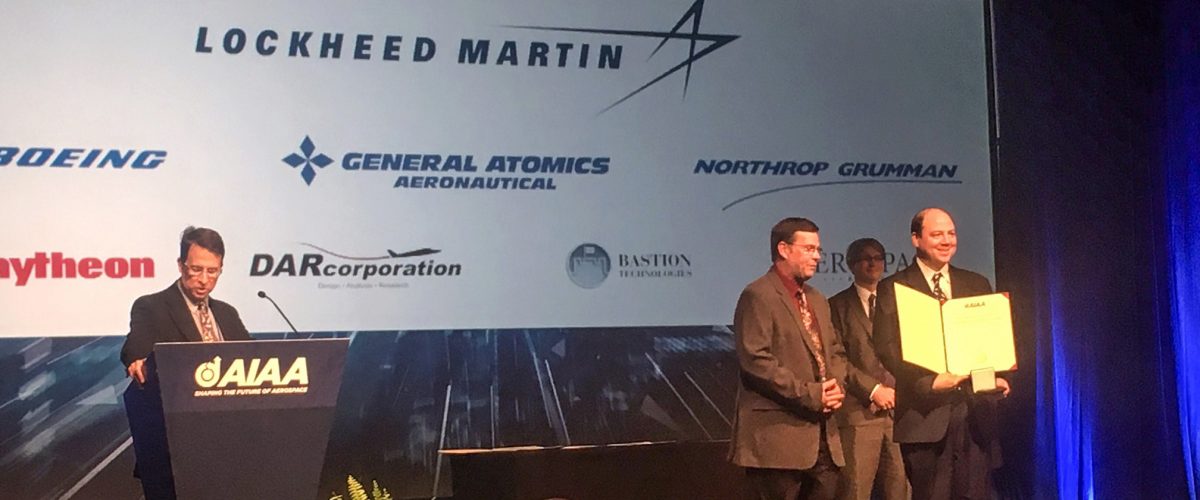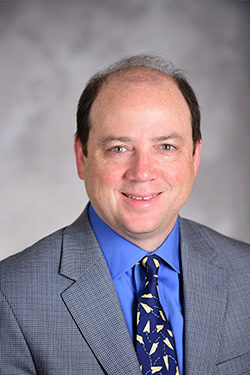
Prof. E. Glenn Lightsey has been chosen to receive the 2019 Mechanics and Control of Flight Award, an honor given annually by the American Institute for Aeronautics and Astronautics to individuals who have made
 |
|
Prof. E. Glenn Lightsey |
outstanding technical or scientific contributions to the field of mechanics, guidance, or control of flight in space or the atmosphere.
A longtime veteran in the field of space navigation and technology, Lightsey formally received the award at the 2019 Sci Tech Forum, held in San Diego January 7-11. The last Georgia Tech faculty to be recognized by the honor was Dr. Anthony Calise, who received it in 1992.
In its official citation, AIAA praised Lightsey for his "far-reaching advances toward low-cost space mission concepts through groundbreaking technological developments in sensor and actuator systems for small satellites.”
Lightsey deflected all accolades directed at him, insisting, instead, that he has benefited greatly from the exponential expansion of space exploration opportunities over the last two decades. An industry that was once dominated by handful of government agencies and private firms, he said, is now flooded with entrepreneurial start-ups that are revitalizing the field.
"I am humbled to be honored by my colleagues in the field, but I see this award more as a recognition of the importance of making space more accessible to the next generation, which is something I've really worked hard to do over the course of my career," he said.
The director of AE's Space Systems Design Lab and the associate director of Georgia Tech's Center for Space Technology and Research (CSTAR), Lightsey has been a driving force behind the Institute's commitment to space exploration and technology. Among his recent and current research projects is BioSentinnel, a cubesat that is poised to orbit the moon to gather data on how radiation affects DNA mutation in humans. His team built the thruster that will allow BioSentinnel to communicate with Earth.
Lightsey is also working on the Micro-Nimbus satellite, which will use a radiometer to study the atmosphere by analyzing the light reflected from Earth. The data collected by this cubesat will be used by climate scientists.
"The exciting thing about this project is that it would have cost $100 million or more to do this research just 15 years ago, but the breakthroughs in technology have made it cheaper, and thus, have lowered the barriers to this work."
The removal of those barriers brings Lightsey back to a theme that defines his perspective on aerospace engineering research: increased access.
"The fewer the barriers, the more we can open up this sort of research to undergrads, even K-12 students, who, at an early age, can get training for a lifelong career in this field," he said. "That's going to spark new ideas, and it's the new ideas that will get us back to space exploration."
Lightsey's resume reflects his enthusiasm for new ideas: over the course of his career, he has designed or developed technology for 25 satellite projects, including the NASA Space Station, for which he helped develop the navigation software. He is confident that the next generation of aerospace engineers - his students - will expand that frontier.
"Really, I wish I could live to be 200, just so I could see all of the exciting developments that are going to change the way we explore space," he said.